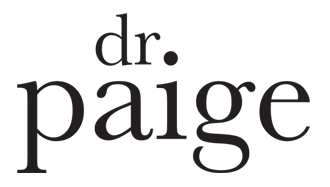Are you a Master Juggler? (And why you should let things drop)
I used to pride myself on my ability to juggle. No, not plates – tasks, projects, ideas, clients. You name it I could handle it with my juggling mastery. I used to kid myself that this was how I got so much done and that it was a skill – no a gift! – that set me apart from others and underpinned my productivity and high performance.
How wrong could I be?
In 2014, the social networking company, The Draugiem Group, used a time-tracking productivity app to study what habits set their most productive employees apart.1
The results were surprising.
The top 10% of employees with the highest productivity didn’t put in longer hours than anyone else.
Often they didn’t even work eight-hour days.
So what made them more productive?
The key to their productivity was that for every 52 minutes of focused work, they took a 17-minute break.
Yep, they actually worked less.
The multitasking myth
There are biological limits that underlie mental performance.
Despite what some so-called gurus would have you believe, the brain is simply not designed for multi-tasking.
A temporary shift in attention from one task to another – when an email alert pings, or when someone stops at your desk – increases the amount of time necessary to finish the primary task by as much as 25%. A phenomenon known as “switching time.”
‘Switching time’ drains our mental energy.
The part of our brain called the pre-frontal cortex (PFC) makes up only about 4-5% of the brain’s volume, but it is crucial to functions such as planning, goal setting and impulse control.
The PFC is where intentional action is designed, developed and decided upon through 5 functions: understanding, deciding, recalling, memorising and inhibiting.
Understandably, all of these important brain functions use a lot of resources (mental energy) to keep on track.
A distraction, hunger, tiredness can all drain our mental energy quickly and it becomes harder to get back to the task at hand.
Because of this, our best quality thinking only lasts for a limited amount of time, which is why when it comes to time spent working – more is not always better.
How to sustain your leadership energy
Understand that your quality thinking capacity is a limited resource and treat it as such by allocating it to something important – prioritising.
Prioritising needs to be done before other attention-rich activities such as emailing.
Why?
Because ‘prioritising’ is hard work and takes a lot of PFC energy. When we prioritise, we need to bring together experiences we haven’t had yet and imagine and then play with concepts.
Prioritising is best done when we are fresh and energised. For most people this makes sense to do in the morning.
Your ability to make great decisions is a limited resource – conserve it at every opportunity! (Dr David Rock)
We get more done, in less time, at a higher level of quality and in a more sustainable way when we rest and replenish regularly.
So, whilst it might go against what you have been used to – and possibly also what other leaders are doing – working harder, longer hours is not always the answer to lasting success.
What can you do to help manage your mental energy effectively?

Dr Paige Williams
International Speaker, Author, Mentor
Determined to help leaders move beyond just the need for resilience, Paige provides practical, evidence-based strategies for leaders to become antifragile, lead themselves and their teams to thrive and succeed in the Decade of Disruption.






